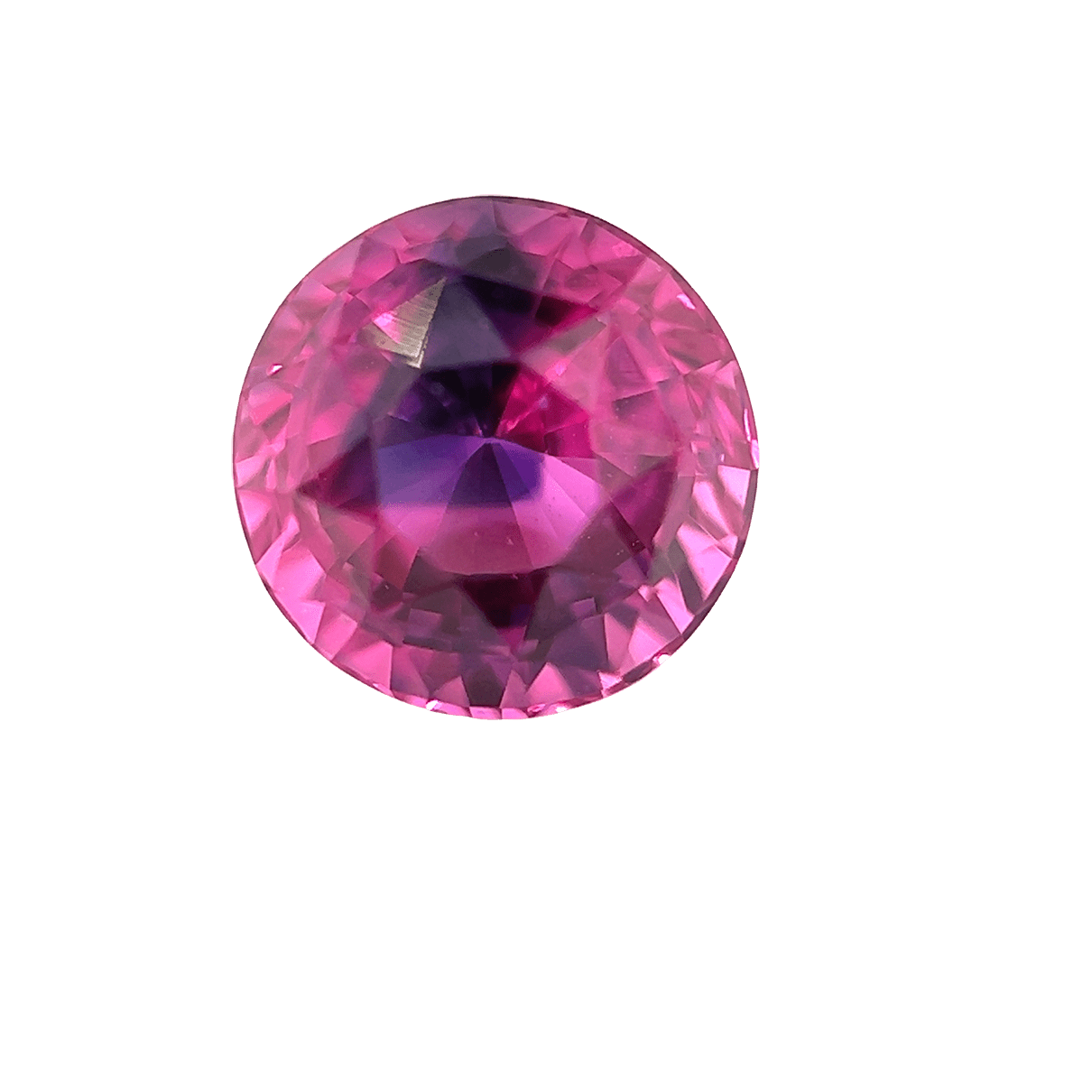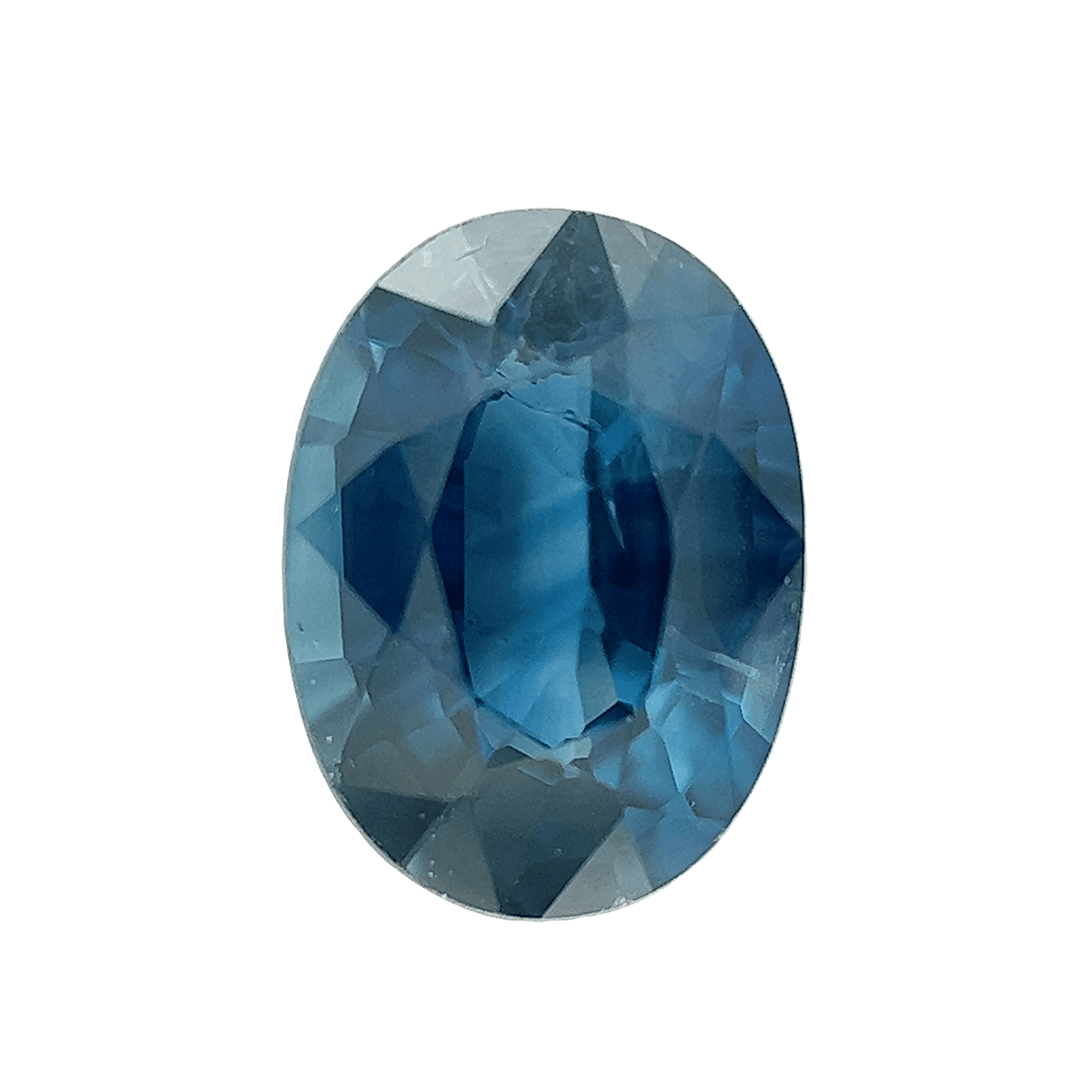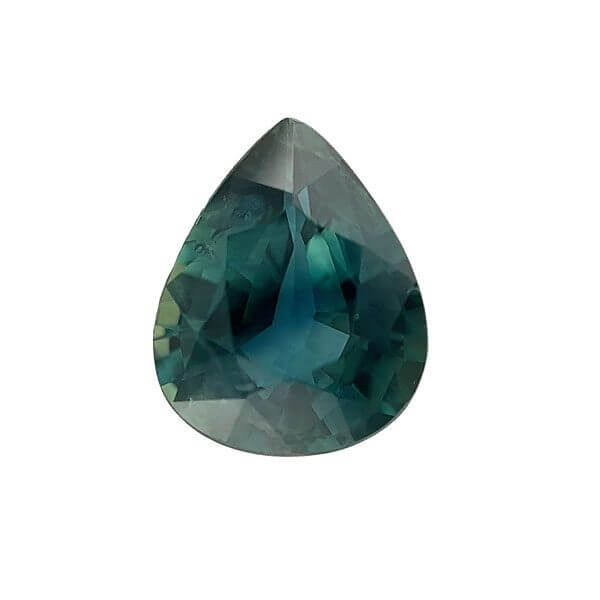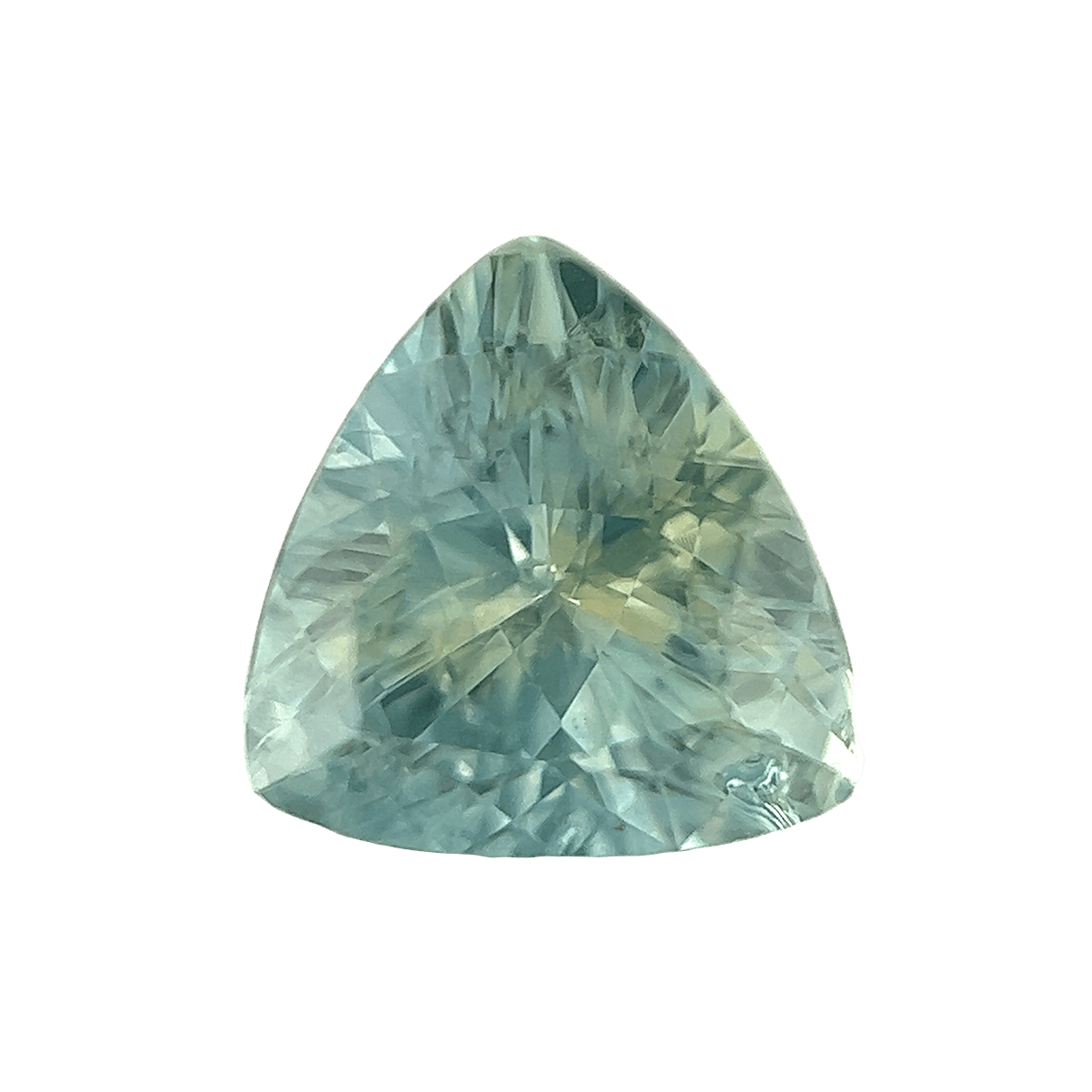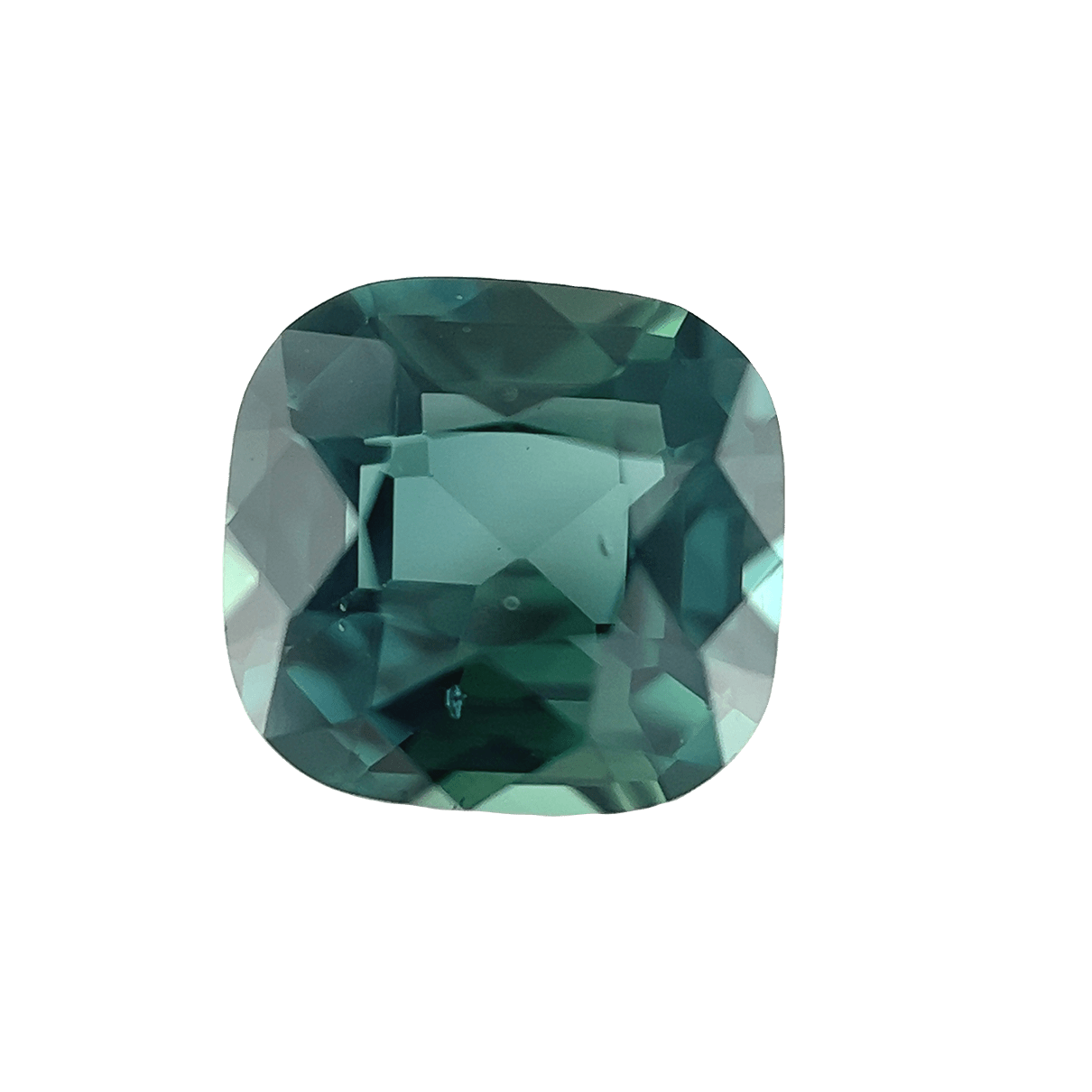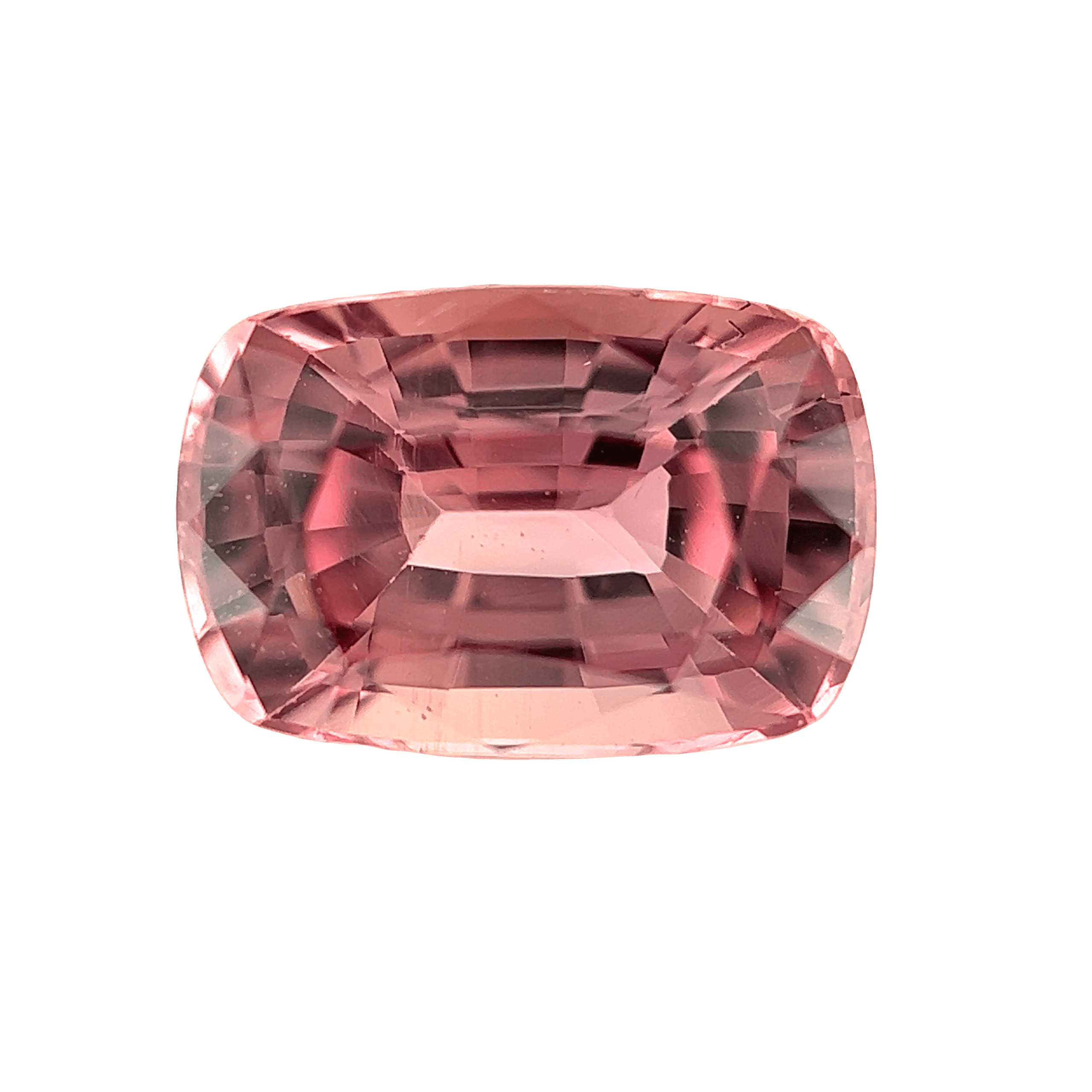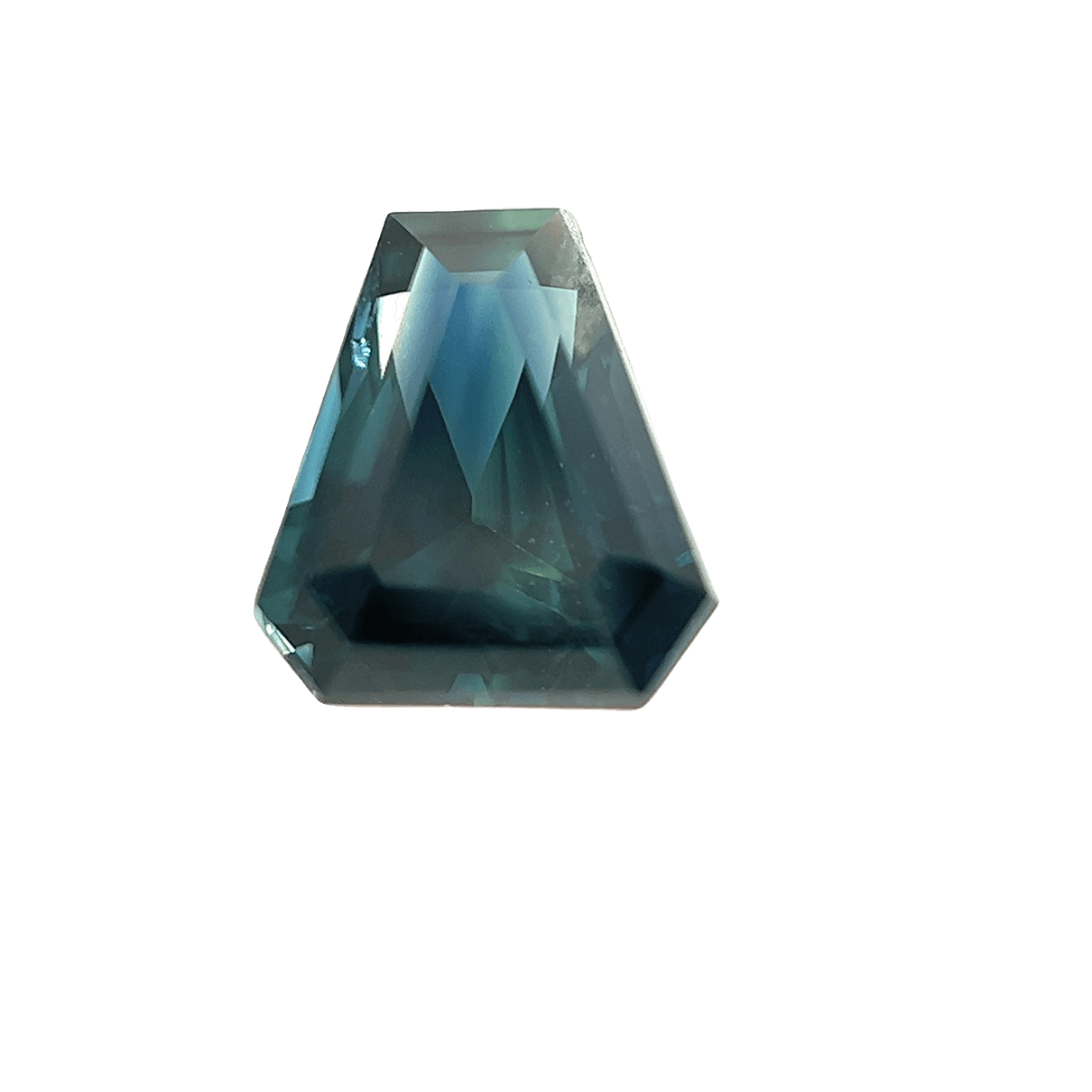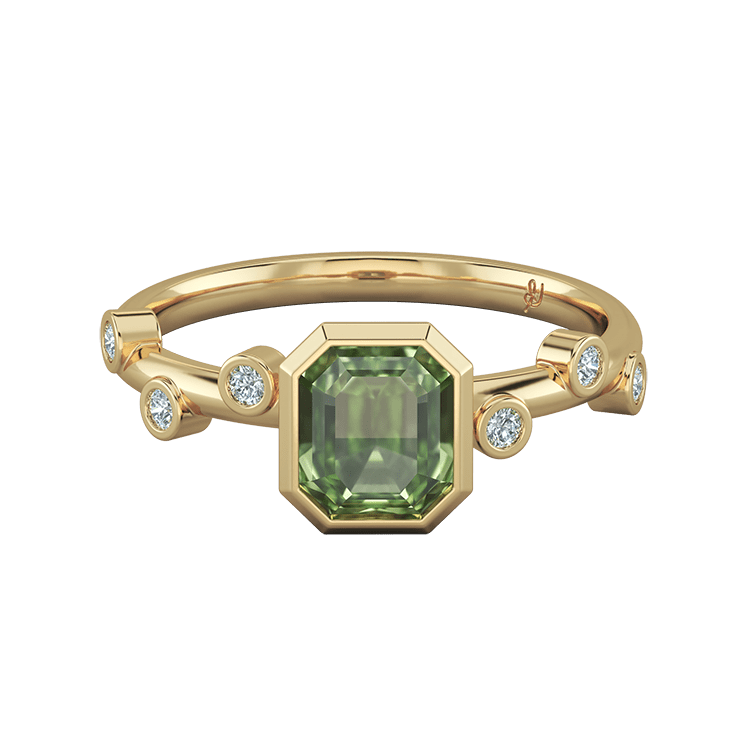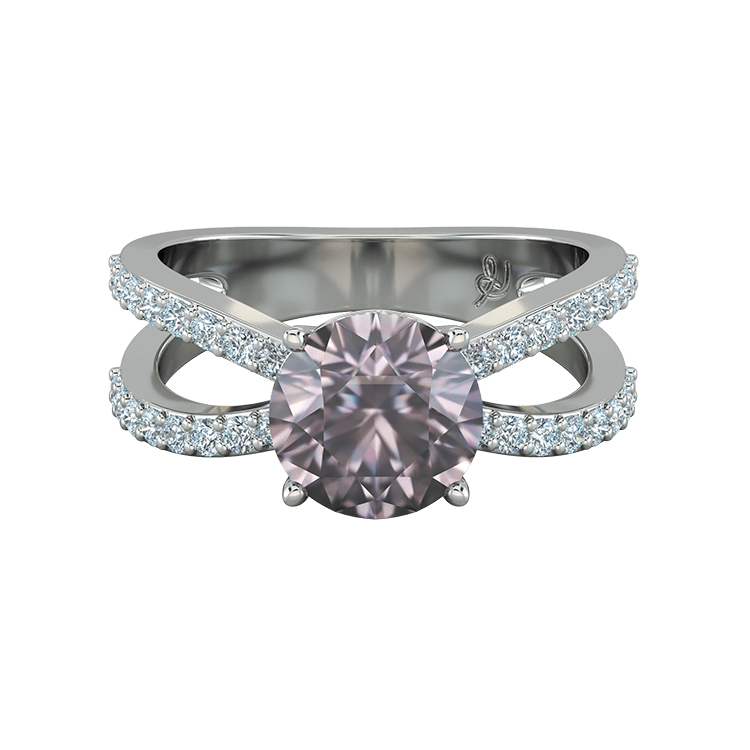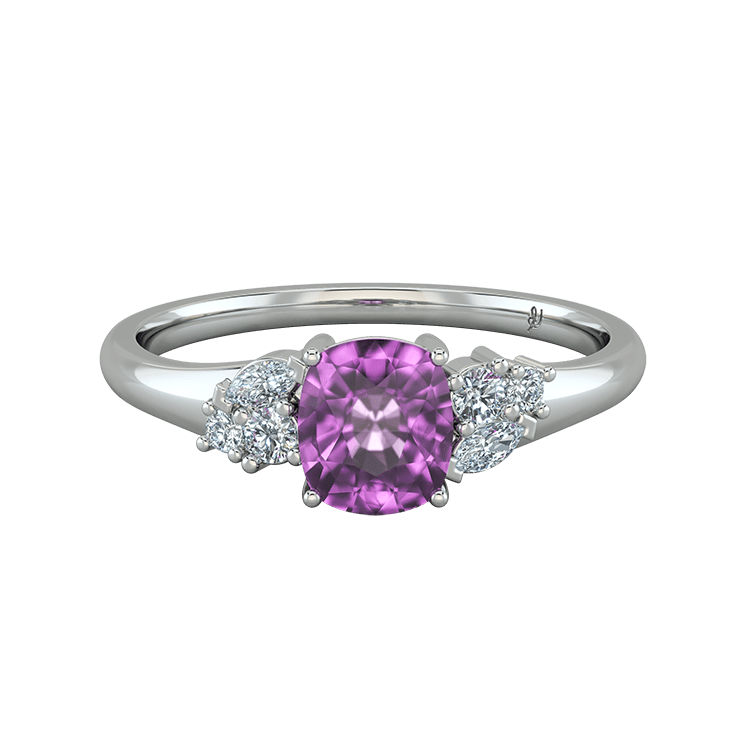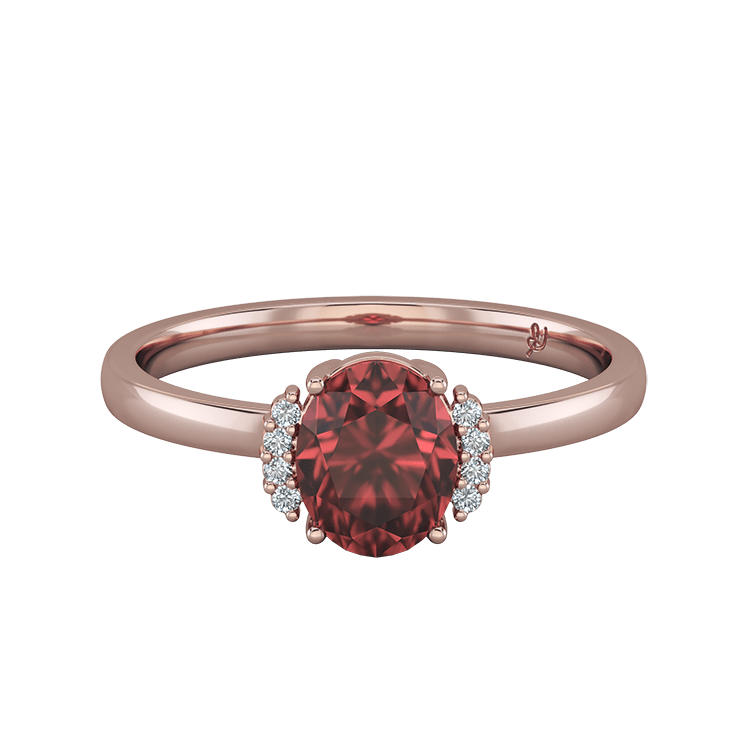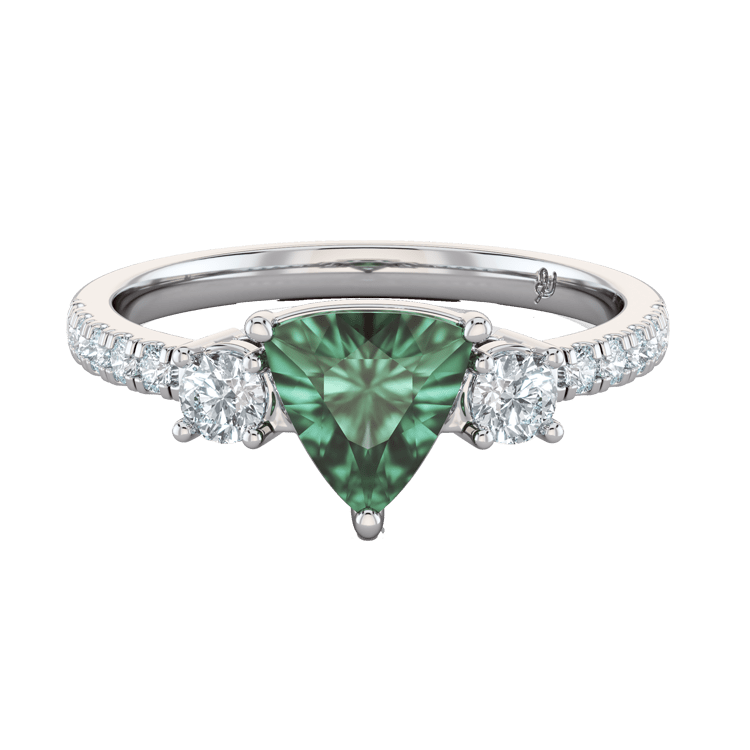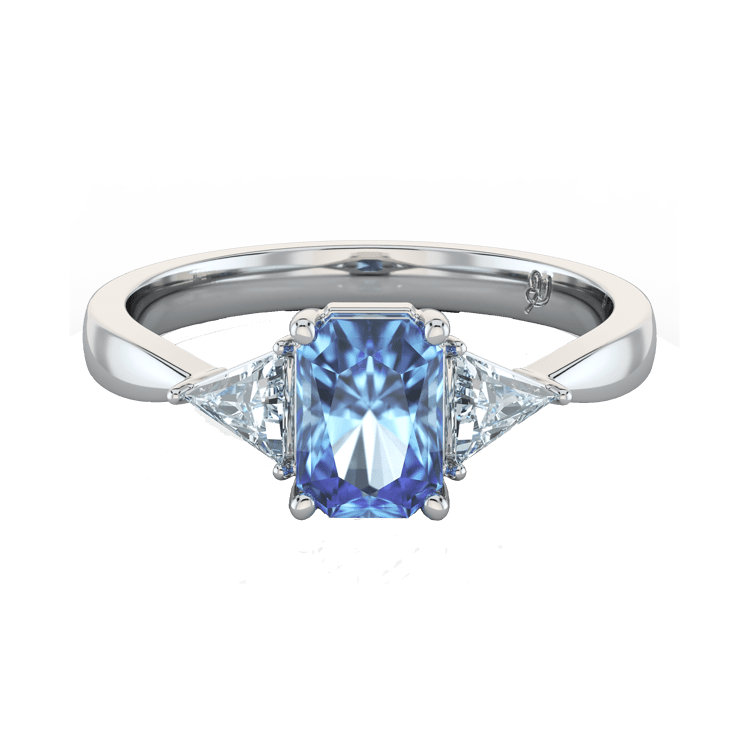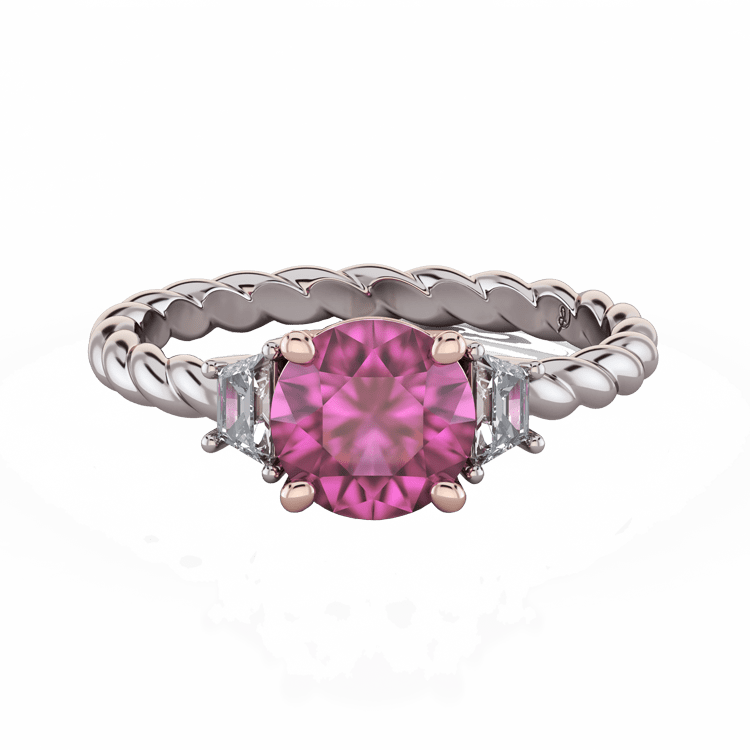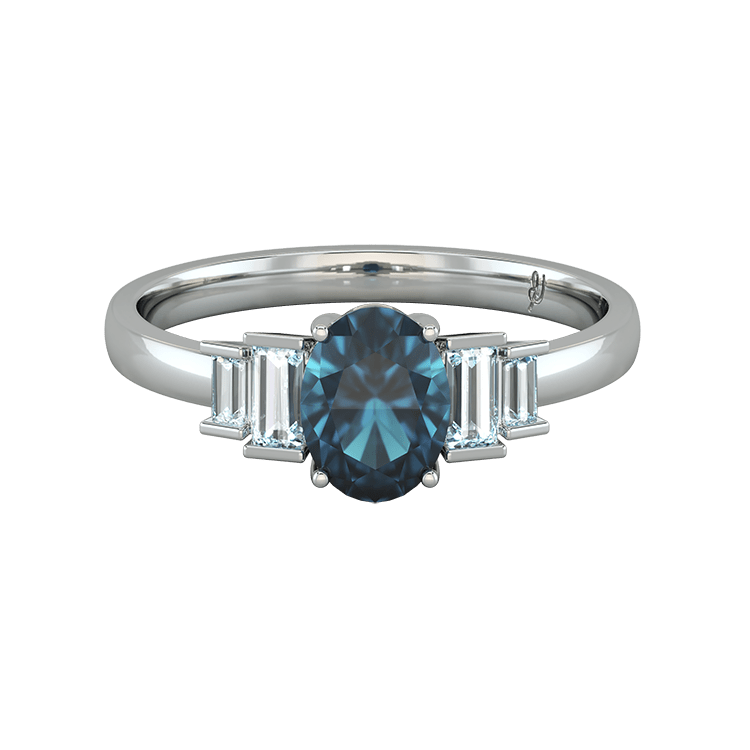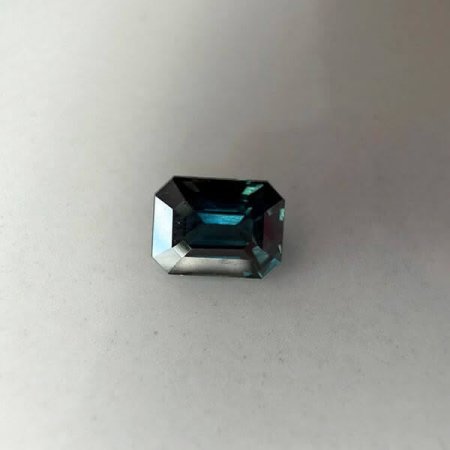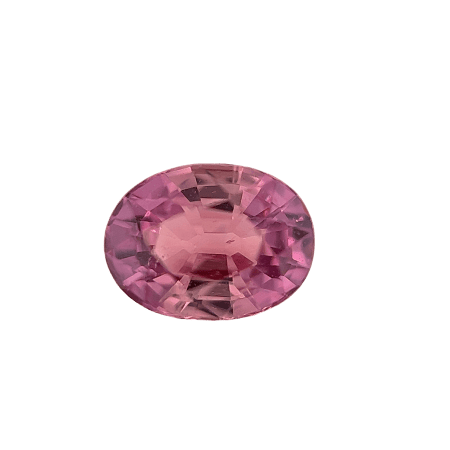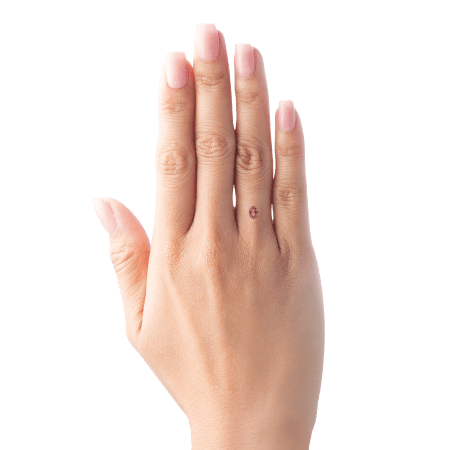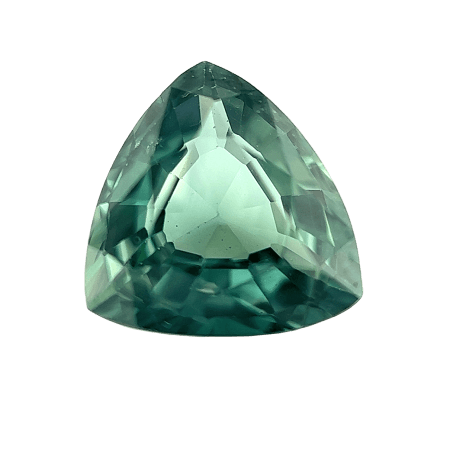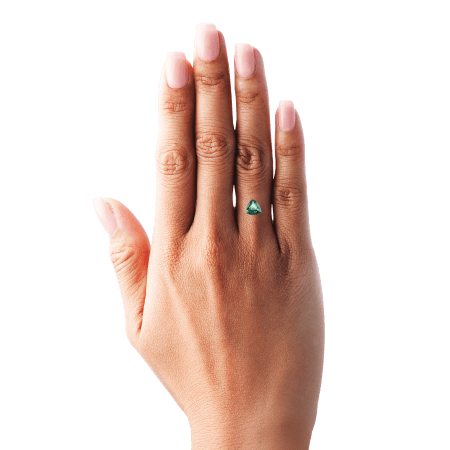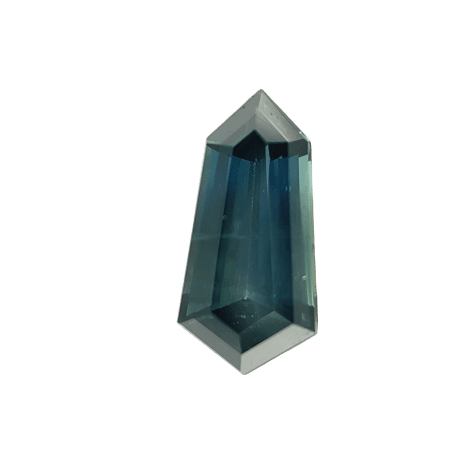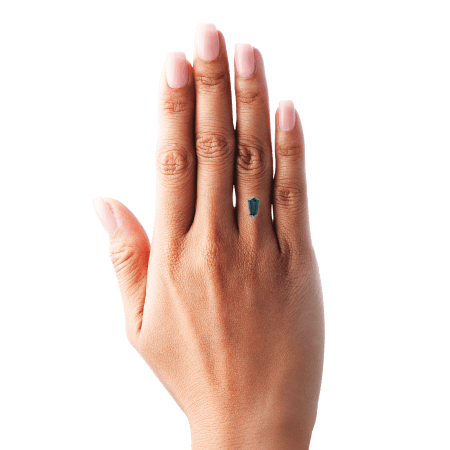Sapphire Cuts
September 12, 2022 2024-12-30 15:44Sapphire Cuts
best cuts for sapphires
Sapphire shapes
The most common cuts are round, oval and cushion, though of course this is down to personal preference.
The shape and cut work together to perfectly enhance the color, clarity, and shine of the gem.
When it comes to choosing the best sapphire shape for you, it’s important to consider the size and quality of the sapphire as well as choosing the sapphire cut that you think looks best. For example, if you’re looking for a sapphire that will make a statement, then you might want to choose a pear or marquise cut sapphire. However, if you prefer a more classic look, then a round or oval sapphire would be a better choice. Ultimately, the best sapphire shape is the one that you love the most!
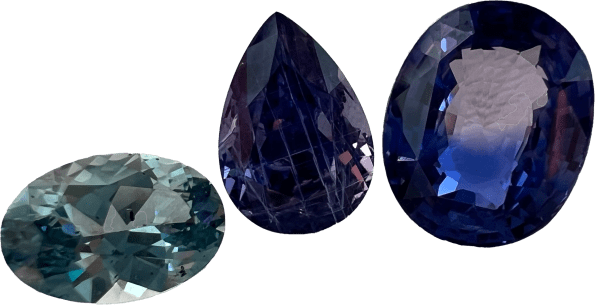
Once reserved for diamonds, this is the reigning most popular cut. It is not the most economical because you loose a lot of rough to achieve this shape therefore they generally come with a higher price tag per carat. Brilliant cut sapphires have up to 58 kite shaped facets. This allows more light in and reflecting around the many facets and angles which maximizes the sparkle.
An oval ranges from a fairly round one to an elongated oval. The elongated shape is an elegant one for the finger which gives length and can make the stone appear larger than other stones of the same weight.
Characterised by a round or oval on one end, with a marquise like point on the other, the pear or teardrop cut is a classic beauty. Pears can be quite long and thin, or big fat teardrops, but either way they are a unique shape that adds interest.
The universal symbol for love – a heart shaped sapphire gives a unique shape, and each version of the heart will be different to the next.
Trillion, or trilliant, cut sapphires are triangle in shape. Straight edges (giving sharp points) are generally more used for side diamonds, and the curved edges are more what you’ll see with sapphires. This softer version, with three soft points, often looks larger than the carat weight might suggest.
A little bit like a squeezed oval with pointy ends, the marquise is known for its long and narrow pointed shape. The elongated shape makes the wearers fingers appear longer and thinner.
This cut is rarer but becoming increasingly popular, its unique geometry making it a stand out feature. The hexagon can be cut similar to a round brilliant cut which maximises brilliance (sparkle), or in a step cut fashion similar to that of an emerald or asscher cut, giving it a ‘hall of mirrors’ type feel.
We like it keep it simple around here and call all square shaped stones a square!
A cushion cut is usually the square shape but can be a more elongated rectangle too. The key feature is the rounded corners which give it a soft feel like that of a cushion.
The rectangle shape can be cut in cushion cut, emerald cut or radiant cut – it is all to do with the size and shape of the facets basically. Which is why we make it simple and just call it a rectangle!
This elongated shape starts off as a rectangle but instead of two long parallel sides they taper inward to form a long trapezoidal shape. This shape is very popular for side stones, but for the centre stone can also be a wonderfully different elongated option.
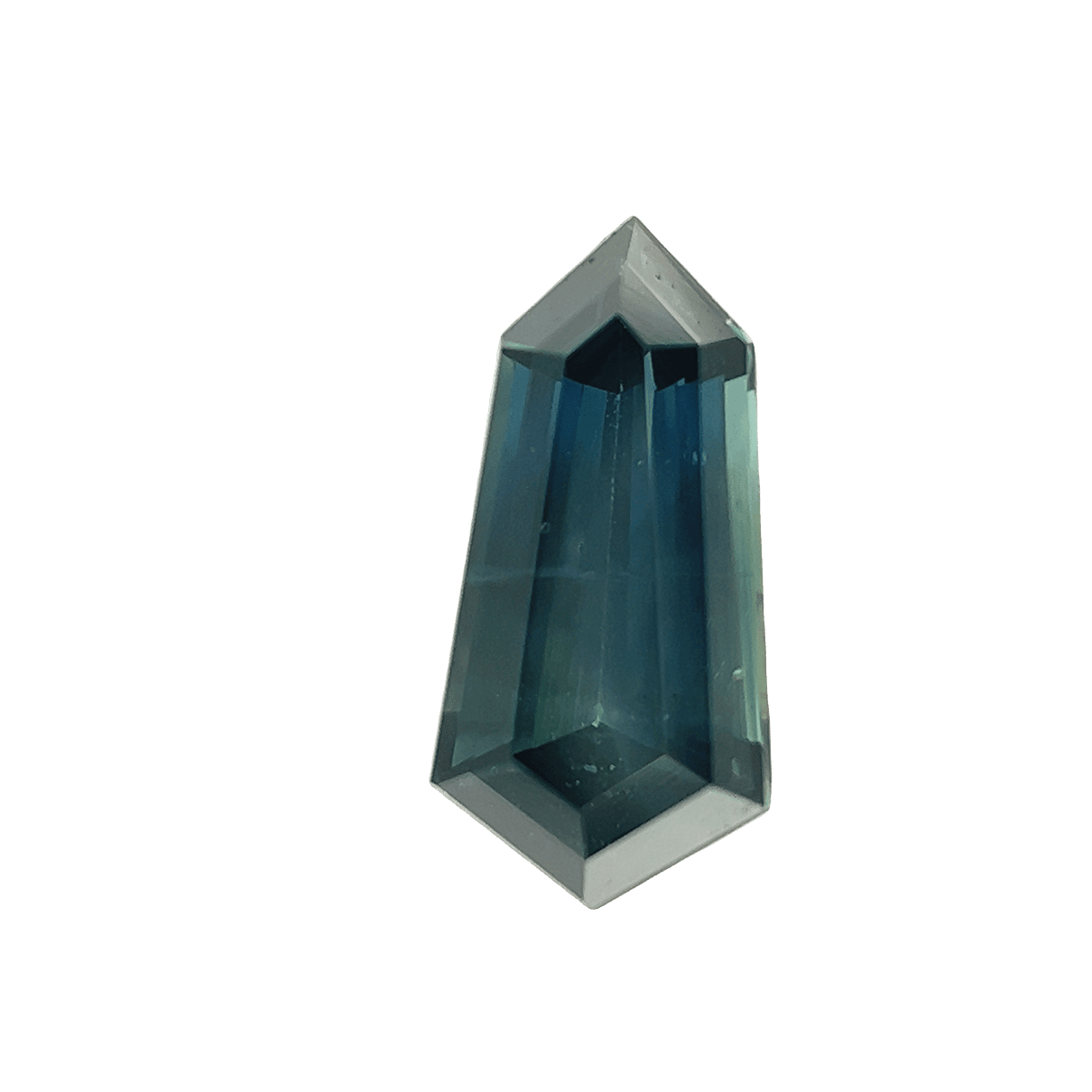
Freeform cut is as the name suggests, no set shape – it is freeform. Dependant on the natural shape of the sapphire rough, the cut seeks to minimise wastage. The resulting shapes can be weird and wild, the ultimate unique cut.
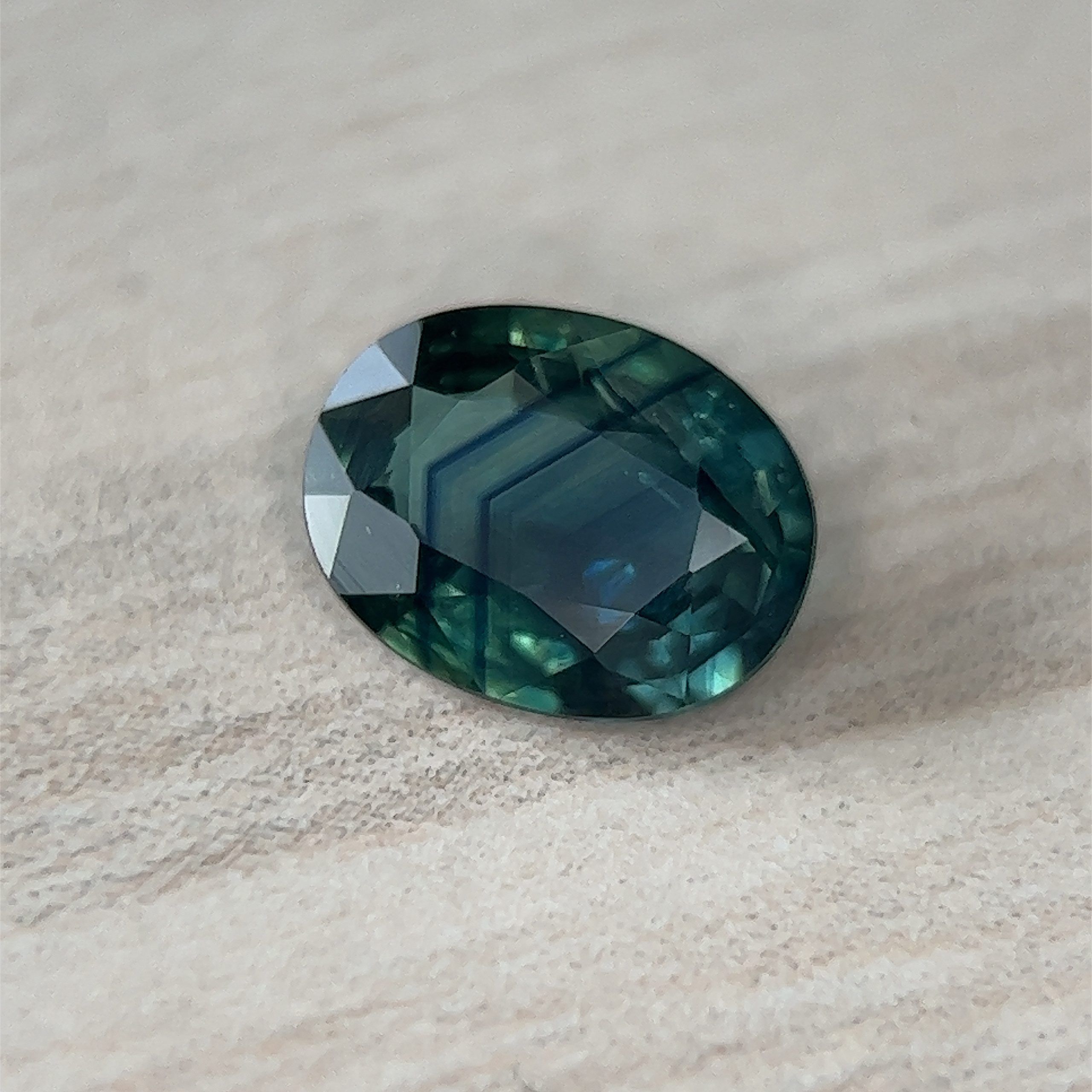
Mixed Cut Sapphires - DELETE?
A mixed cut combines the emerald cut and the brilliant cut to provide a stunning balance of sparkle and color. Typically the sapphire has a brilliant cut crown and a step cut pavilion (bottom portion). Most sapphires are cut using this method as it minimizes waste and maximizes the color and sparkle.
Unlike diamond, there are no standardised cuts for sapphires because the colour is not spread uniformally throughout the stone. This makes the cutters job more difficult as they need to consider the best parts and right angles to use in order to achieve the best colour and allow maximum light through the table (top). Gem cutters, known by the professional term lapidarists, weigh up a number of considerations about each unique sapphire in order to choose the most advantageous shape and cut.
- Shape = is the standard shape that you would've learned probably even before starting school ie. round, square, rectangle, oval etc. We generally use this attribute to describe the shapes at Hart & Halo, as these you will be most familiar with.
- Cut = refers to the size and amount of facets carved into the gem’s surface. While diamonds' cuts are known as asscher cut, baguette cut, cushion cut etc. this often doesn't work so perfectly with sapphire, as the stone is so unique and inconsistent in that every cut is specific to the gem to bring out its best! So sapphire will often get what is known as a 'mixed cut'.
A mixed cut combines the emerald cut and the brilliant cut to provide a stunning balance of sparkle and colour. Typically the sapphire has a brilliant cut crown (around the top) and a step cut pavilion (base of the stone). Most sapphires are cut using this method as it minimizes waste and maximizes the color and sparkle.
Typically, a sapphire that is of a darker shade may be cut more shallow to allow more light to reflect within the gemstone. A lighter colour sapphire may be cut deeper to give a stronger colour.
Ultimately the lapidarist is seeking to enhance the best qualities, and diminish any perceived imperfections as well as retain the maximum weight of the stone.
